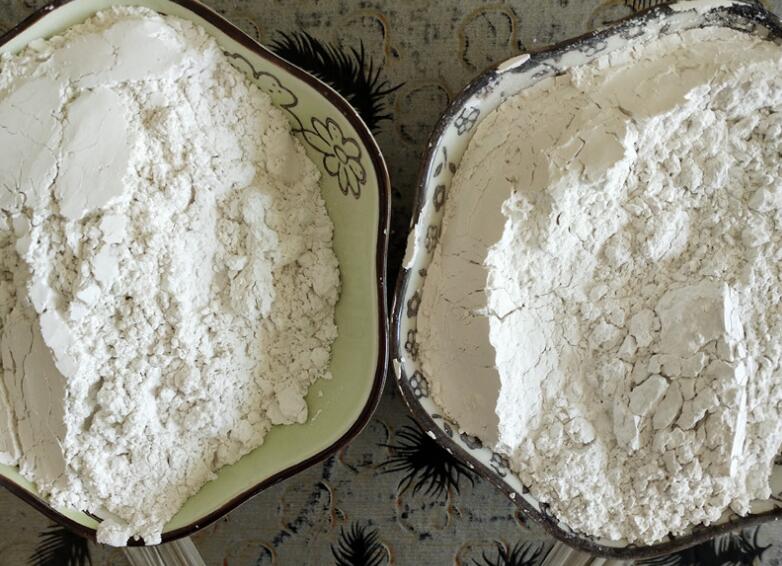Explore the preparation method of porous spherical activated magnesium oxide and its excellent performance in fluoride removal applications.

In the field of water treatment, the removal of fluoride has always been a challenge. High-fluoride water not only affects water quality, but also poses a threat to human health. Fortunately, with the advancement of materials science, porous spherical active magnesium oxide (MgO) has become an effective defluoridation material. This article will explore in depth the preparation technology of this material and its defluoridation efficiency in water treatment.
Preparation of porous spherical active magnesium oxide
Porous spherical active magnesium oxide can be prepared by various methods, among which hydration carbonization-low temperature aqueous solution method and aerosol-assisted method are two common techniques. These methods can produce MgO with high specific surface area and porous structure, which is crucial for improving its adsorption performance.
Hydration carbonization-low temperature aqueous solution method: This method synthesizes porous MgO nanosheets with specific morphology and size by precisely controlling the reaction conditions, such as temperature and pH. These nanosheets form a porous structure after high-temperature calcination, providing a large number of active sites for the adsorption of fluoride.
Aerosol-assisted method: This method uses aerosol technology to convert MgO precursors into microspheres, which form a porous structure after heat treatment. The advantage of this method is that it can be produced continuously and is easy to scale up.
Fluoride removal efficiency
Porous spherical activated magnesium oxide shows great potential in the application of fluoride removal. Its high specific surface area and porous structure provide a large number of adsorption sites for fluoride, thereby improving the fluoride removal efficiency. Studies have shown that this material can effectively remove fluoride over a wide pH range and is not significantly affected by other common ions.
Adsorption mechanism
The study of the adsorption mechanism reveals the interaction between porous spherical activated magnesium oxide and fluoride. FTIR and XPS analysis show that the hydroxyl and carbonate groups on the surface of the material can exchange with fluoride ions, which is the key to its efficient fluoride removal ability.








